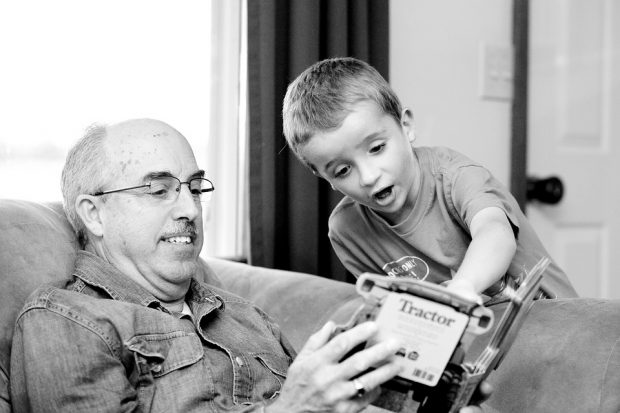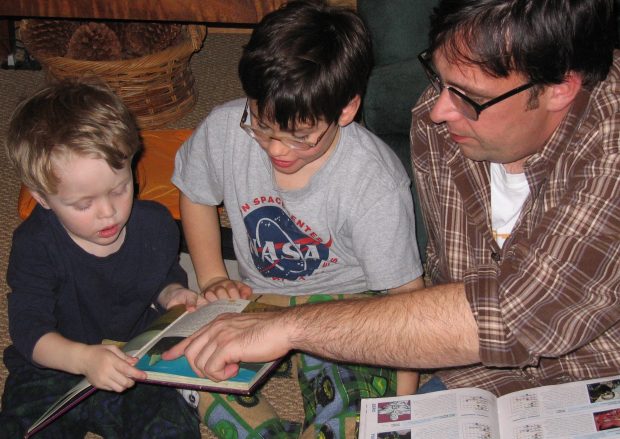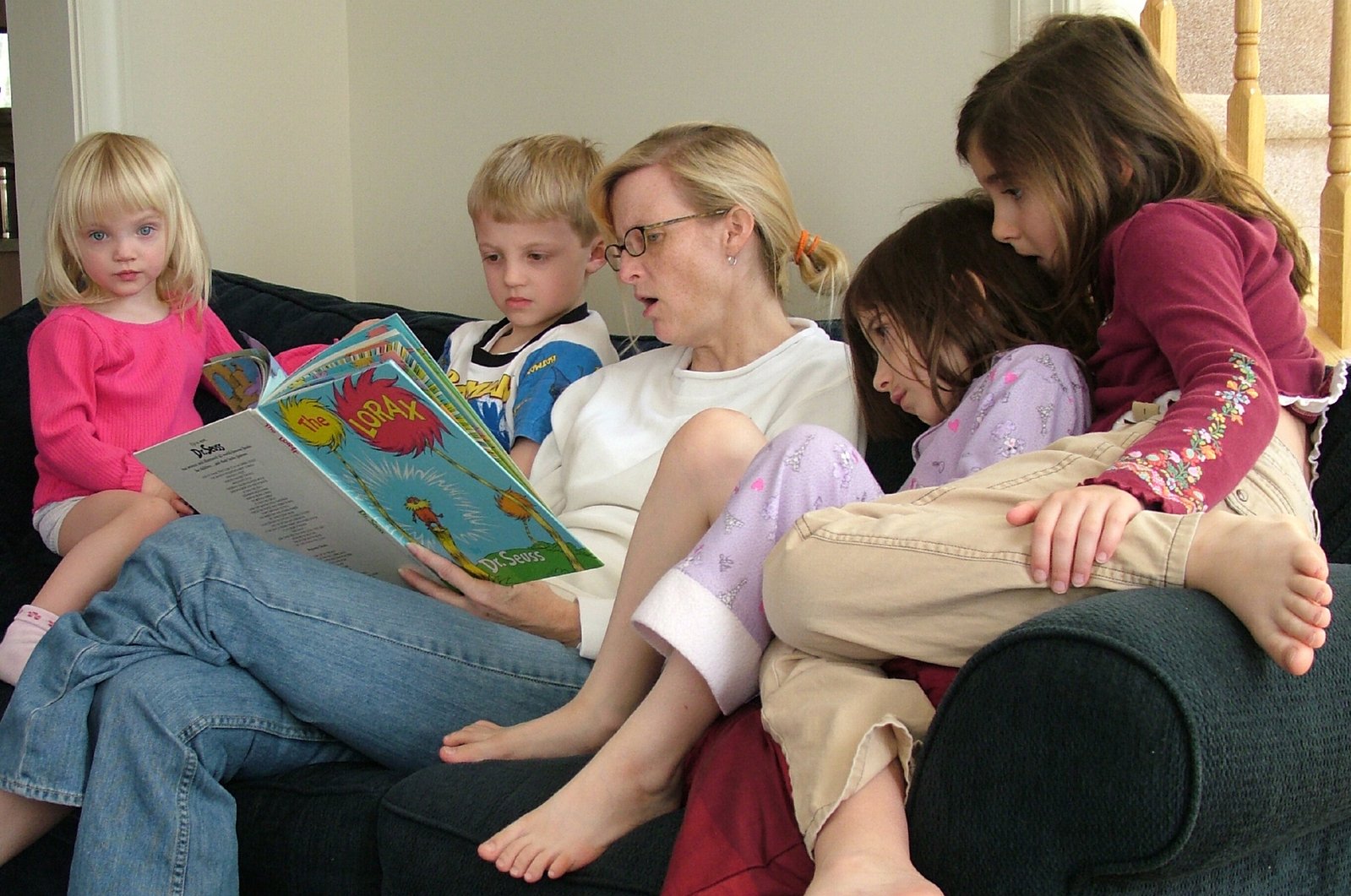“Children are made readers on the laps of their parents.”
– Emilie Buchwald, award-winning children’s author, poet, and teacher
Whether it’s a young child excitedly pointing to the drawings in “There Was an Old Lady Who Swallowed a Fly” or grandpa re-reading his favorite C.J. Box novel, the love of reading and books cross all generations. So, the celebration of National Family Literacy Month is an opportunity for entire families to come together to enjoy reading and share stories.
Your librarians work every day to bring awareness to the many ways families can encourage lifelong learning and a love of reading simply by participating in literacy activities.
Research continues to demonstrate that a child’s success in reading directly correlates to their success in other academic areas and the earlier parents and caregivers get involved in a child’s literacy, the better, and the longer lasting the effects.
In fact, parent and caregiver involvement in a child’s literacy is the top predictor of achievement well into the teen and adult years!

Here are some of our children’s librarians’ favorite activities to promote family literacy at home.
1. Involve the entire family – children of all ages, parents, grandparents, etc. – regardless of the reading ability of each person.
2. Adults should read to children in whichever language they are most comfortable.
3. Fill your home with reading materials from books to magazines to newspapers and more.
4. Listen to a book on CD or eAudiobook on road trips.
5. “Popcorn” read aloud – one family member reads one chapter and passes it to the next family member to read, and so on.
6. Check out a kids’ book club kit from the library and have one family member guide the discussion.
7. Buy a Scrabble Dictionary and have Scrabble nights.
8. Learn a language together using our Mango resource (including sign language with books and online resources).
9. Have an older child create “storytime” for younger ones or for the entire family.
10. Do a dramatic interpretation of a picture book – incorporating play into reading is a fun and effective activity.

11. When your child finds a topic they enjoy, find as many books and other library materials as you can even if it is not at their current level of reading.
12. Create different voices for the characters in the book.
13. Make a special reading space for your child to read alone, read to stuffed animals, read to a friend, read to a sibling, or read to you!
14. Read aloud picture books to elementary age kids such as Jon Scieszka’s The True Story of the Three Little Pigs (also available in Spanish, La Verdadera Historia de los Tres Cerditos). They get the humor of the book.
15. Parents, read the book your child is reading in class or the book their entire class is doing as a Read Aloud and discuss as you go.
16. With teens, read what is on their English, History, or Social Studies curriculum and discuss the topics (even if it’s while you’re driving them to sports practice or another activity so it doesn’t feel like “homework”).
17. Go on a hike and bring a nature identification guide (you can check one out from the library). Rotate who is “in charge” of finding the animal or plant in the book.
18. Create your own escape room: Use a room or the whole house as an escape room. Create clues that can be read out loud to lead to other clues until you eventually find the “key” that you can use to escape.
19. Curiosity Bag: Build vocabulary with this fun game! Hide random small objects from around the house in an opaque bag (fabric bags with drawstrings work great). Connect to your curiosity by taking turns sticking your hand in and describing one of the objects in the bag (Is it rough? Smooth? Hard? Squishy?). Can anyone guess what it is?
20. Make Believe: Does your child want to be a doctor? A chef? Add some reading and writing to your make believe playtime. Make a fancy menu for your restaurant or write down Teddy’s prescription so he doesn’t for get to take his medicine.
What are some of your favorite family reading activities? Share with us in the comments!
“The single most important activity for building the knowledge required for eventual success in reading is reading aloud to children.”
– Jim Trelease, The Read-Aloud Handbook

